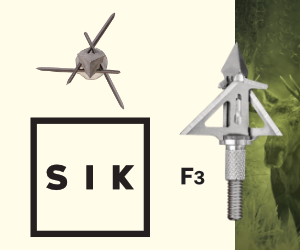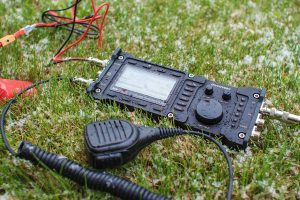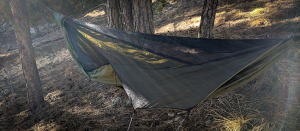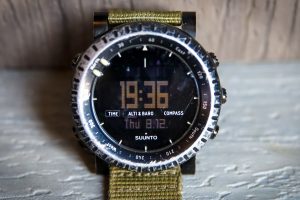Roger Medley’s 2015 Gear Thoughts
5 min read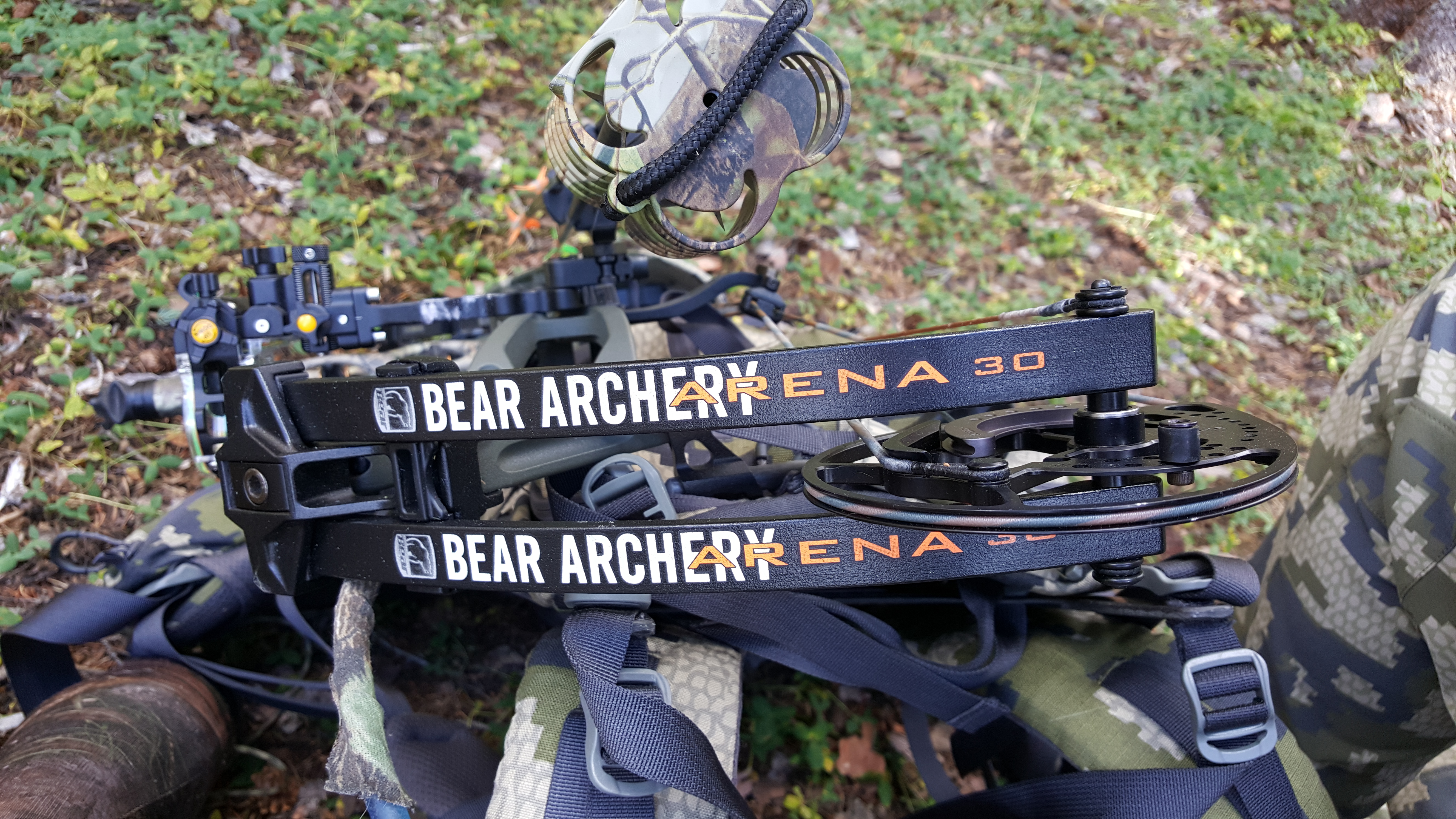
My approach to hunting is spent trying to stay as lightweight (tarps vs tents) as possible while still maintaining a level of comfort that provides for a good night’s rest – 2015 was no different. We started by hiking into a familiar area north of Pagosa Springs, CO and like the previous year we got rained on A LOT!
The Good – Hunting Gear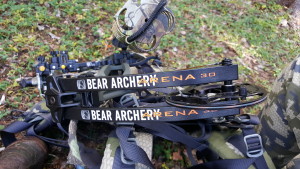
Bow: Bear Arena 30. This thing is a lightweight, 3.8 lbs, tack-driver. With a 6.5″ brace height and 345 fps IBO speed it’s a good balance between speed and forgiveness.
Sight: Trophy Ridge React Pro 5 pin. I’ve used the React series of sights for years and love them! The target archer in me wants super precise pin placement and the React sights provide just that.
Rest: Trophy Ridge HX drop away.
Arrows: GoldTip 55/75 Pro Hunter
Broadheads: Rocket Ultimate Steel 100gr. These things fly like darts and chop a big whole. Do you think the cutting diameter is too small? Tell that to the adult Bison that my buddy, Marc Smith, shot with one.
Release: Carter Two-Shot. I’ve been shooting the same release for more than 10 years! I’ve taken elk, deer, hogs and the Colorado State Championship with it.
Binoculars: Leopold Wind River 8×42. I’ve used these these binos for years and they’ve been solid performers all the way up to when they were stolen out of my truck right after we returned home from hunting. In my opinion, 8×42’s are perfect for finding elk in dark timber. What will I be replacing my Leopold’s with? Stryka S5 8×42’s. Stryka offers a forever warranty. Yearly tune-ups are free. Repairs are free. How can it get any better?
Camo: KUIU Attack Pants have set a new standard for me in the clothing department. Finding pants that are tough, dry fast and are not too hot (thanks to the zippered vents) work well during September in Colorado where temps can range from 20 degrees to 70 degrees in the same day. the Ultra Merino Wool Zip-T performs very well. Since it’s Merino wool it is a little slow to dry but it does retain good warmth properties even when wet.
Boots: La Sportiva Hyper Mid GTX approach boots. Why did I select approach boots? Simple. They’re waterproof, lightweight boots that have laces all they way down the toe. My right foot is slightly shorter then my left foot and traditionally laced boots u
sually don’t fit both of my feet well. These are not boots that you’d want to use in super rugged country but are right at home in dark timber where elk hang out.
A+ Rating for Hunting Gear
The Good – Camping Gear
Pack: KUIU Icon Pro 1850. At 4 lbs 1 oz and 1,850 cubic inches is the perfect size for a western day-pack. However, with it ability to 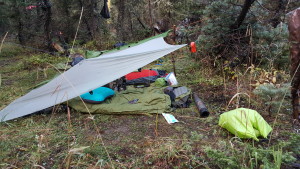 expand to 2,500 cubic inches it becomes fantastic for ultralight weight spike camps for durations up to 3-4 days. Also, the ability to remove the bag portion and use the carbon fiber frame for hauling me
expand to 2,500 cubic inches it becomes fantastic for ultralight weight spike camps for durations up to 3-4 days. Also, the ability to remove the bag portion and use the carbon fiber frame for hauling me
at makes this pack ideal. One other thing… you can swap the bag for a larger one (3,200 up to 7,200 cubic inches) so there is no need to invest in another pack – just swap out the bags.
GPS: Garmin Montana 450T. This has been my trusted GPS for years. It still would be if it hadn’t been stolen along with my binoculars. Will I replace it with another Garmin? Without a doubt!
Sleeping Bag/Quilt: a couple of years ago I made the move to a down quilt. It was an agonizing decision but I’m super glad that I made the move. Hunting during archery season (September) in Colorado you can find temps from the upper 20’s to the 70’s. A 30 degree bag, a bivy sack (adds ~10 degrees of warmth) and a good sleeping pad is sufficient for those temperatures.
Bivy Sack: REI Minimalis Bivy – A+ Rating. Using a Bivy sack has some real benefits! They add ~10 degrees to your sleep system allowing you to go with a lighter weight sleeping bag. At only ~1 pound they also provide general and waterproof protection to your sleeping bag lengthening the their life. Combine a Bivy sack with a tarp (8 oz) and you’ve got a great portable camp!
Sleeping Pad: Therm-A-Rest XTherm. This things rocks an R-Value of 5.7 which aids greatly aids in allowing for a warmer (lighter weight) sleeping bag.
Shelter: Integral Designs Siltarp. I’ve used this tarp for years! It’s 5’x8′ and weighs a scant 8oz. I am ready to replace it though. Not because it’s worn out, because there is a new, super lightweight/super strong, fabric available – cuben fiber. It’s about 1/2 the weight of sil-nylon and much stronger. Check out the folks at Bear Paw for some design ideas.
Water Filter: Sawyer Mini Water Filte. I start the day with two full 32oz. collapsable water bottles. Why 2? For a couple of reasons. It helps me keep track of just how much water I’m consuming. It also helps me stay on track – I should be finishing up the 1st bottle by late morning. Also, having two 1 acts as a spare should something happen to one of mine or my huntin’ partner.
A+ Rating for Camping Gear
Room For Improvement
Stove: JetBoil. Why does the JetBoil end up in the Room For Improvement area? It’s weight, ~ 1 lbs (not including the fuel canister). The fuel canister weight approx 4 oz and the fuel weighs 3.8 oz. The whole system weighs in around 1.5 pounds! The Snow Peak Gigapower stove weighs 3 oz, the fuel/canister are 7.8 oz (combined) and the GSI Outdoors Halulite Minimalist Cookset is 6.3 oz. is nearly 1/2 pound lighter. The biggest thing that the JetBoil has going for it is that it’s super efficient! To reap the benefits of it’s super efficiency you’ll need use the stove everyday for approximately 3 weeks.
Range Finder: Nikon Team Realtree Laser 440 Rangefinder. This is another product that I’ve used for 10+ years. It’s performed well but does fall short with one area – the magnification vs objective size (exit pupil size). As the sun is rising and it’s time to start to range various trees in your area this rangefinder just isn’t bright enough during those low light situations. Take the objective size, 20mm in this case, and divide it by the magnification, 8. The result it 2.5mm. When compared to the human eye… during very low light conditions your pupil will open to 8-9mm. This is far from 2.5mm. 2.5mm results in very poor low light transmission to your eye. My next rangefinder will have a larger objective and lower magnification.
I’ll see you on the mountain!
Roger
